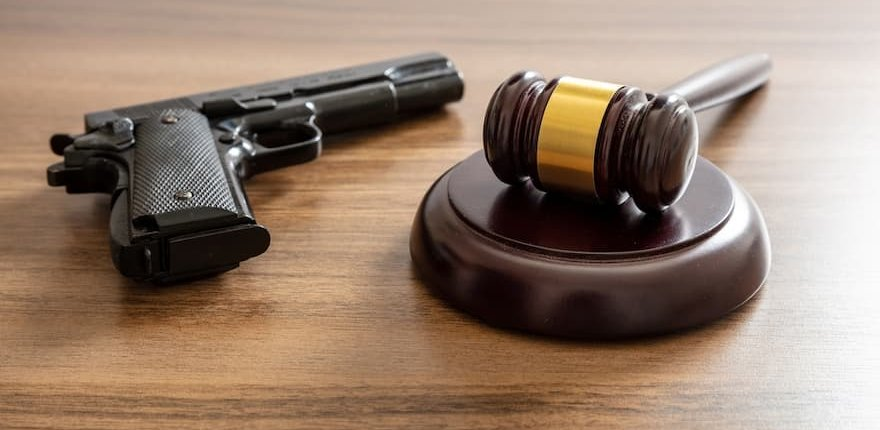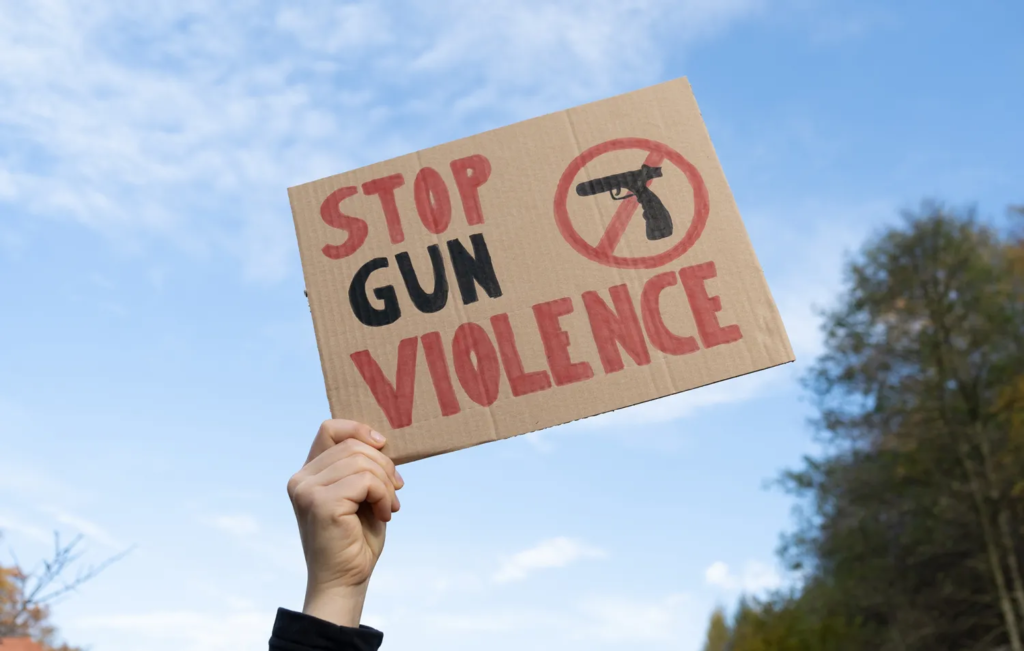Gun control laws in the United States have long sparked heated debate, dividing Americans across political, cultural, and regional lines. For some, these laws are necessary to reduce gun violence and protect lives. For others, they are seen as a threat to constitutional rights and personal freedom.
This article explores the complex issue of gun control laws in the United States, looking at both sides of the argument, key statistics, the legal background, and the ongoing challenges faced by lawmakers and citizens alike.
A Brief History of Gun Control in America
To understand today’s debate, it helps to look back at how it all began.
The Second Amendment to the U.S. Constitution, ratified in 1791, states: “A well-regulated Militia, being necessary to the security of a free State, the right of the people to keep and bear Arms shall not be infringed.”
This single sentence has become one of the most controversial pieces of text in American history. Over the years, courts, politicians, and citizens have interpreted it in various ways.
Some important milestones in gun control legislation include:
- In 1934, the National Firearms Act regulated automatic weapons and required registration.
- The Gun Control Act of 1968 introduced stricter licensing and banned certain groups, such as felons, from owning guns.
- The Brady Handgun Violence Prevention Act of 1993 required federal background checks for gun buyers.
- In 2008, the Supreme Court ruling in District of Columbia v. Heller confirmed an individual’s right to own firearms for personal use, not just as part of a militia.
Despite these laws, gun violence has remained a serious issue in the United States.

The Numbers Behind the Debate
Statistics often fuel the debate over gun control laws in the United States.
The country has more guns than people, with over 400 million firearms in civilian hands. Each year, around 40,000 people die from gun-related incidents. Mass shootings have increased significantly, with more than 600 incidents reported in 2024 alone. Additionally, the U.S. gun homicide rate is about 25 times higher than that of other high-income countries.
Supporters of stricter gun laws argue that these numbers are unacceptable and demand urgent action. Opponents believe the problem lies elsewhere—such as mental health issues, social problems, or ineffective law enforcement.
The Two Opposing Sides
Supporters of Stricter Gun Control Laws
Those in favor of stronger gun control argue that limiting access to firearms will reduce gun violence and save lives. They support measures such as universal background checks for all gun buyers, red flag laws that allow authorities to remove guns from individuals deemed a risk, bans on assault weapons, and mandatory waiting periods.
Their argument is straightforward: fewer guns lead to fewer gun deaths.
They often point to countries like Australia, where strict laws and a nationwide gun buyback program drastically reduced mass shootings.
Organizations that campaign for reform include groups made up of survivors and families affected by gun violence.
Opponents of Stricter Gun Control Laws
Opponents believe that gun control laws infringe on their Second Amendment rights and do not effectively stop crime. They argue that criminals do not follow laws, so gun control only affects law-abiding citizens.
For many, guns are essential for self-defense and personal safety. They worry that restrictions could lead to government overreach and loss of freedom. Additionally, gun ownership has deep cultural and historical roots in American life.
Groups such as the National Rifle Association (NRA) actively lobby to protect gun rights and resist new regulations.
Legal and Political Challenges
Gun control laws in the United States are complicated by the political system. Congress has often been gridlocked, with Democrats generally pushing for more regulations and Republicans opposing them.
Even when public support is high—over 80% of Americans favor universal background checks—passing federal laws remains difficult.
Some states, like California and New York, have strict gun laws, while others, like Texas and Arizona, have very loose restrictions. This patchwork system makes enforcement difficult.
The Supreme Court has played a significant role as well. Recent rulings have expanded gun rights, including a 2022 decision that struck down strict limits on carrying guns in public.
The Role of Mental Health
Both sides tend to agree on the importance of addressing mental health.
Many mass shootings involve individuals with mental health struggles. However, some warn that focusing too much on mental illness can stigmatize people who need help and distract from the larger issue of easy access to firearms.
Expanding mental health services, improving crisis response, and creating better systems to flag potential threats are widely supported ideas.
Guns in the Digital Age
The debate has entered the digital era. The internet has made it easier to buy gun parts online, share dangerous ideas on social media, and access blueprints for 3D-printed guns, sometimes called “ghost guns.”
These untraceable firearms create new challenges for existing gun laws, which regulators are still trying to address.

Possible Solutions
While opinions differ, many experts suggest middle-ground solutions that respect gun rights while improving safety.
Some proposals include closing background check loopholes, improving firearm tracking, promoting responsible gun ownership through education, funding community-based violence prevention programs, and encouraging bipartisan dialogue.
Some local communities have seen success with grassroots efforts where citizens, police, mental health professionals, and schools work together to prevent violence before it happens.
Why the Debate Remains Unresolved
Several factors contribute to why gun control laws in the United States remain so divisive.
For many, gun ownership is part of cultural identity. The issue has become deeply political, with media coverage often amplifying fear and conflict. Additionally, lobbying groups on both sides heavily influence policy decisions.
Ultimately, the debate is not just about guns but also about trust, freedom, fear, and differing views on rights and responsibilities.
Conclusion
Gun control laws in the United States continue to be one of the most emotionally charged and complex issues facing the nation. While both sides want safety, they disagree on how to achieve it.
As gun violence and mass shootings rise, the pressure on lawmakers, communities, and individuals to find workable solutions grows stronger.
The path forward is unlikely to be simple, but open conversation, education, and empathy could help bridge the divide in this ongoing debate.
Do Follow USA Glory On Instagram
Read Next – The United States in Global Politics: Impact and Influence






